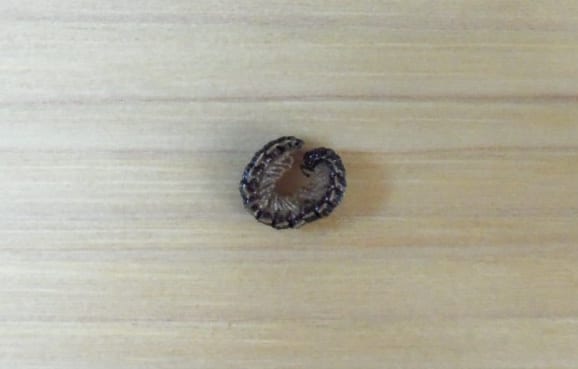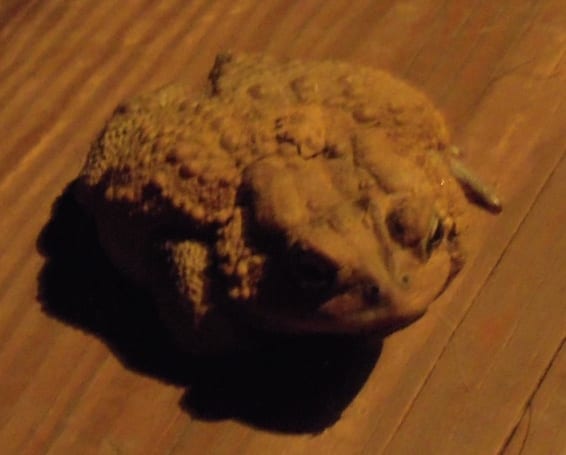One day last week, after our dog Freya returned from her morning run, Heathcliff and I headed out for a walk. We’re both at that point in life where a vigorous “on leash” walk outweighs the advantages of running. Along the way, a three-to-four inch copper-colored lizard wriggled across the mountain road in front of us and darted into the forest.
“What was that?” we asked in our own ways.
After some research, I determined the lizard was a little brown skink, also known as a ground skink. It was most likely headed for the insects that inhabit leaf litter. Here at Vanaprastha, Keith and I have also seen fence lizards, male skinks whose heads are reddish during breeding season and blue-tailed skinks. Blue tails indicate immaturity, which probably explains why they scramble curiously around the grill station while Keith is cooking and scoot around the deck, teasing our dogs.
In addition to skinks, Keith and I have observed many simple creatures in the past few weeks including snakes – a juvenile ring-neck the other day – grasshoppers, spiders and pill millipedes, the ones that roll into a ball as a defense mechanism. Like the little brown skink, millipedes are forest floor dwellers. A preference for humidity might explain the plentitude of this year’s crop, given our wet spring and summer.
During extreme wet or dry seasons, millipedes invade houses and die within days unless they find food or moisture. Millipedes are detritivores – they consume leaf litter. Keith and I tell them, “You really don’t want to be in here, there’s nothing for you,” but so far they have not heeded our words. Maybe they’re trying to escape predators. Skinks are insectivores, like the pileated woodpeckers we hear chipping holes in trees, searching for insects, and snakes are carnivores.
The forest teams with creatures eating and reproducing.
Yesterday, I let Freya out for a 5:30 a.m. ‘hurry up.’ Since the days are getting shorter now, it was still dark. I flipped the porch light switch, saw a toad on the deck and ran to get my camera. As I snapped this picture, I wondered if the toad had eaten any millipedes.
In Pilgrim at Tinker Creek, Annie Dillard wrote, “In the top inch of forest soil, biologists found ‘an average of 1,356 living creatures present in each square foot, including 865 mites, 265 spring tails, 22 millipedes, 19 adult beetles and various numbers of 12 other forms… Had an estimate also been made of the microscopic population, it might have ranged up to two billion bacteria and many millions of fungi, protozoa and algae – in a mere teaspoonful of soil.’”
As I walk the land here at Vanaprastha, I marvel at the multiplicity of life. What a simple creature I am. I can only observe or even imagine a very small piece of God’s marvelous puzzle.





0 Comments